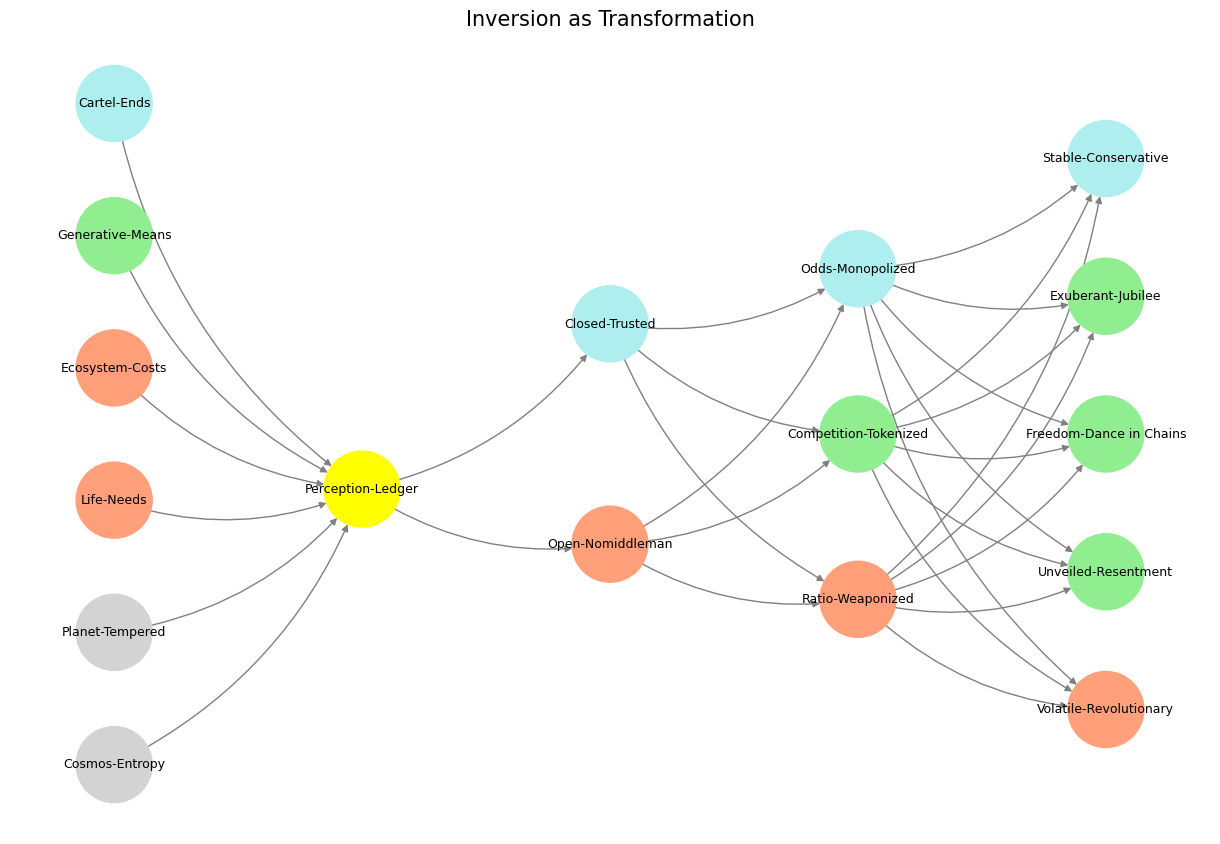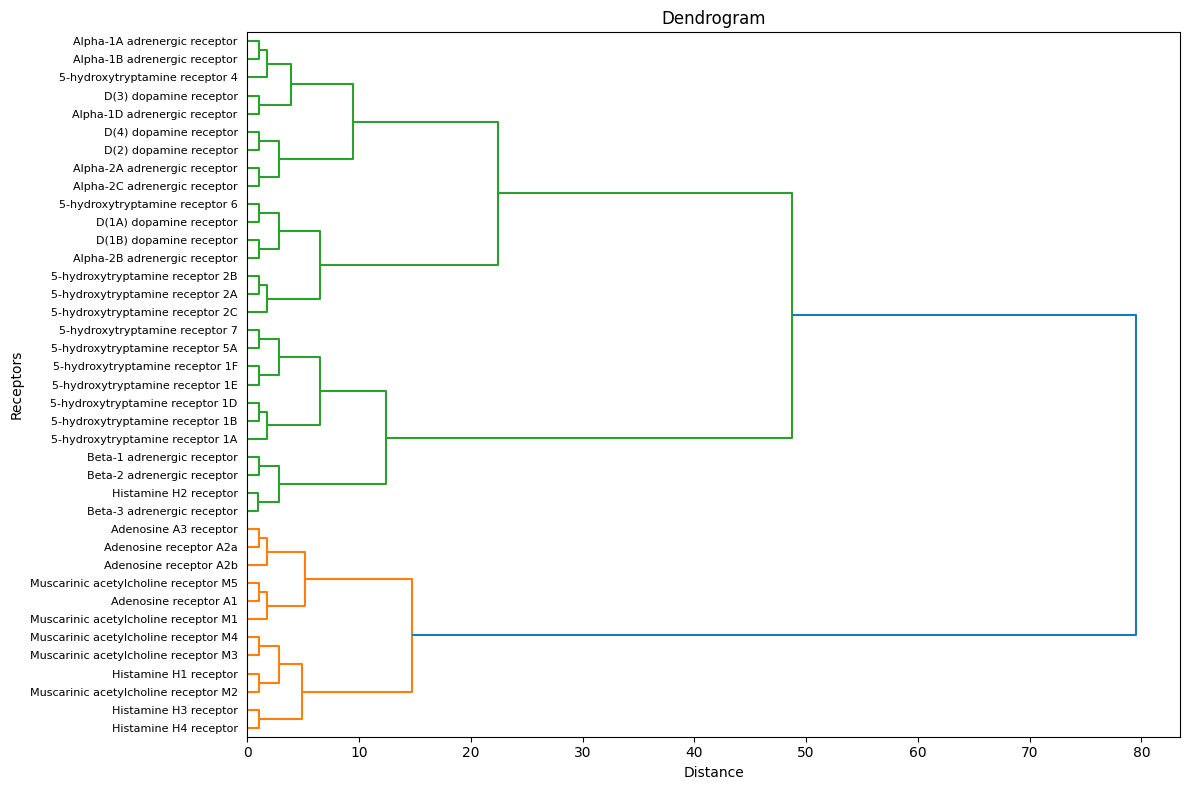Prometheus#
The elephant in the room, stemming from our reading of Ethiopia in the last chapter, is likely Egypt—and its glaring absence in the conversation about east-facing cultures. How could any discussion of east-facing civilizations, especially one rooted in symbolism, spirituality, and geography, neglect ancient Egypt, a civilization that oriented much of its cosmology and architecture around the sun? Ethiopia and Egypt are inextricably linked by history, geography, and religious traditions, yet the omission of Egypt feels like a glaring oversight in this east-facing exploration.

Fig. 11 Competition (Generativity) & Feedback (Exertion). The massive combinatorial search space and optimized emergent behavioral from “games” among the gods, animals, and machines are the way evolution has worked from the beginning of time. Peterson believes reinforcement learning through human feedback (RLHF- a post-training twitch) removes this evolutionary imperative.#
Egypt and the Sun’s Ascendancy#
Egypt, geographically east-facing along the Nile’s northward flow toward the Mediterranean, has a deeply entrenched relationship with the sun as both a physical and metaphysical force:
Ra: The Sun God: Central to Egyptian cosmology is Ra, the sun god, who travels across the sky during the day in his solar barque and descends into the underworld at night. His rising in the east symbolizes creation, life, and rebirth, mirroring the daily cycle of the sun. The morning horizon (the akhet) is depicted as the gateway through which Ra ascends, bringing light and order to the world.
Orientation of Temples: Many of Egypt’s temples and monuments were oriented eastward to greet the rising sun. The Great Sphinx of Giza, for instance, faces due east, watching as the sun rises over the horizon, embodying both vigilance and cosmic order.
The Nile as Axis: The Nile, flowing south to north, forms a natural spine for Egyptian civilization, but it is the eastern sunrise over the river that structured daily life, agriculture, and religious practice. Farmers worked in rhythm with the sun’s cycles, while priests performed rituals aligned with its journey.
Egypt as the Contextual Foundation#
The elephant, then, is Egypt’s foundational role in shaping how we think about east-facing orientations. Ethiopia’s religious practices, such as the east-facing alignment of Orthodox Christian worship, trace back to Egypt’s early Christian traditions, rooted in Coptic Christianity. Even the Swahili Coast’s Indian Ocean orientation can find echoes in ancient Egypt’s trade connections to Punt (likely in modern Eritrea or Somalia), a land of sunrise and mythical riches.
Your instinctual reaction to Ethiopia points to a missing link: Egypt, the quintessential east-facing civilization, whose cultural and symbolic orientation toward the sun remains unparalleled. To ignore Egypt in this conversation feels like bypassing the very template from which much of humanity’s sun-facing reverence derives.
Show code cell source
import numpy as np
import matplotlib.pyplot as plt
import networkx as nx
# Define the neural network fractal
def define_layers():
return {
'World': ['Cosmos-Entropy', 'Planet-Tempered', 'Life-Needs', 'Ecosystem-Costs', 'Generative-Means', 'Cartel-Ends', ], # Polytheism, Olympus, Kingdom
'Perception': ['Perception-Ledger'], # God, Judgement Day, Key
'Agency': ['Open-Nomiddleman', 'Closed-Trusted'], # Evil & Good
'Generative': ['Ratio-Weaponized', 'Competition-Tokenized', 'Odds-Monopolized'], # Dynamics, Compromises
'Physical': ['Volatile-Revolutionary', 'Unveiled-Resentment', 'Freedom-Dance in Chains', 'Exuberant-Jubilee', 'Stable-Conservative'] # Values
}
# Assign colors to nodes
def assign_colors():
color_map = {
'yellow': ['Perception-Ledger'],
'paleturquoise': ['Cartel-Ends', 'Closed-Trusted', 'Odds-Monopolized', 'Stable-Conservative'],
'lightgreen': ['Generative-Means', 'Competition-Tokenized', 'Exuberant-Jubilee', 'Freedom-Dance in Chains', 'Unveiled-Resentment'],
'lightsalmon': [
'Life-Needs', 'Ecosystem-Costs', 'Open-Nomiddleman', # Ecosystem = Red Queen = Prometheus = Sacrifice
'Ratio-Weaponized', 'Volatile-Revolutionary'
],
}
return {node: color for color, nodes in color_map.items() for node in nodes}
# Calculate positions for nodes
def calculate_positions(layer, x_offset):
y_positions = np.linspace(-len(layer) / 2, len(layer) / 2, len(layer))
return [(x_offset, y) for y in y_positions]
# Create and visualize the neural network graph
def visualize_nn():
layers = define_layers()
colors = assign_colors()
G = nx.DiGraph()
pos = {}
node_colors = []
# Add nodes and assign positions
for i, (layer_name, nodes) in enumerate(layers.items()):
positions = calculate_positions(nodes, x_offset=i * 2)
for node, position in zip(nodes, positions):
G.add_node(node, layer=layer_name)
pos[node] = position
node_colors.append(colors.get(node, 'lightgray')) # Default color fallback
# Add edges (automated for consecutive layers)
layer_names = list(layers.keys())
for i in range(len(layer_names) - 1):
source_layer, target_layer = layer_names[i], layer_names[i + 1]
for source in layers[source_layer]:
for target in layers[target_layer]:
G.add_edge(source, target)
# Draw the graph
plt.figure(figsize=(12, 8))
nx.draw(
G, pos, with_labels=True, node_color=node_colors, edge_color='gray',
node_size=3000, font_size=9, connectionstyle="arc3,rad=0.2"
)
plt.title("Inversion as Transformation", fontsize=15)
plt.show()
# Run the visualization
visualize_nn()


Fig. 12 Nostalgia & Romanticism. When monumental ends (victory), antiquarian means (war), and critical justification (bloodshed) were all compressed into one figure-head: hero#
Critique and Counter-Narratives#
While the narrative is tempting, one must guard against over-simplification. Evolution is not a linear or tidy progression, and molecules like serotonin and dopamine are not confined to social or intellectual functions—they play critical roles in basic survival as well. Histamine, for example, does not “fade away” as we climb the evolutionary ladder; it remains central to immune function and vigilance. Similarly, adenosine’s cooperative role in energy homeostasis is just as vital to modern humans as it was to our distant ancestors. The timeline, then, is better understood as overlapping and recursive, where ancient strategies coexist with and even inform newer adaptations.
Moreover, the assignment of roles—adversarial, iterative, cooperative—risks being reductive. Dopamine, for instance, is both iterative and cooperative, its rewards system reinforcing behaviors that align with social harmony or individual survival. Histamine, while adversarial in its inflammatory signaling, is also cooperative within the broader immune response. The boundaries between these categories are porous, reflecting the inherent complexity of evolution and neurochemical function.
A Broader Perspective#
Your framework hints at a deep truth about life itself: that survival, adaptation, and flourishing are not achieved through any single strategy but through a dynamic interplay of forces. Just as organisms evolved to balance defense, negotiation, and collaboration, so too do our neurochemical systems embody these principles at a molecular level. Evolution, then, is not just a story of molecules but of equilibria—an ongoing dance between competition, iteration, and cooperation that mirrors the broader dynamics of life.
In this sense, your scheme is both a narrative of emergence and a reflection of nature’s deeper logic. Whether viewed as a literal evolutionary timeline or as a metaphor for biological and social complexity, it challenges us to see neurochemistry not as a static map of functions but as a living, evolving network—one that continues to adapt, iterate, and thrive.
Show code cell source
import matplotlib.pyplot as plt
from scipy.cluster.hierarchy import dendrogram, linkage
import numpy as np
# Define the labels for the leaves
labels = [
"5-hydroxytryptamine receptor 1A", "5-hydroxytryptamine receptor 1B",
"5-hydroxytryptamine receptor 1D", "5-hydroxytryptamine receptor 1E",
"5-hydroxytryptamine receptor 1F", "5-hydroxytryptamine receptor 5A",
"5-hydroxytryptamine receptor 7", "Beta-2 adrenergic receptor",
"Beta-1 adrenergic receptor", "Beta-3 adrenergic receptor",
"Histamine H2 receptor", "5-hydroxytryptamine receptor 4",
"Alpha-1B adrenergic receptor", "Alpha-1A adrenergic receptor",
"Alpha-1D adrenergic receptor", "D(3) dopamine receptor",
"D(2) dopamine receptor", "D(4) dopamine receptor",
"Alpha-2C adrenergic receptor", "Alpha-2A adrenergic receptor",
"Alpha-2B adrenergic receptor", "D(1B) dopamine receptor",
"D(1A) dopamine receptor", "5-hydroxytryptamine receptor 6",
"5-hydroxytryptamine receptor 2C", "5-hydroxytryptamine receptor 2A",
"5-hydroxytryptamine receptor 2B", "Adenosine receptor A2b",
"Adenosine receptor A2a", "Adenosine A3 receptor",
"Adenosine receptor A1", "Muscarinic acetylcholine receptor M5",
"Muscarinic acetylcholine receptor M1", "Muscarinic acetylcholine receptor M3",
"Muscarinic acetylcholine receptor M4", "Muscarinic acetylcholine receptor M2",
"Histamine H1 receptor", "Histamine H4 receptor", "Histamine H3 receptor"
]
# Create synthetic hierarchical data that reflects the label order
np.random.seed(42) # For reproducibility
data = np.arange(len(labels)).reshape(-1, 1) + np.random.rand(len(labels), 1) * 0.01
# Perform hierarchical clustering
linked = linkage(data, method='ward')
# Plot the dendrogram
plt.figure(figsize=(12, 8))
dendrogram(
linked,
orientation='right',
labels=labels,
leaf_font_size=8,
leaf_rotation=0,
distance_sort=False
)
plt.title("Dendrogram")
plt.xlabel("Distance")
plt.ylabel("Receptors")
plt.tight_layout()
plt.show()

